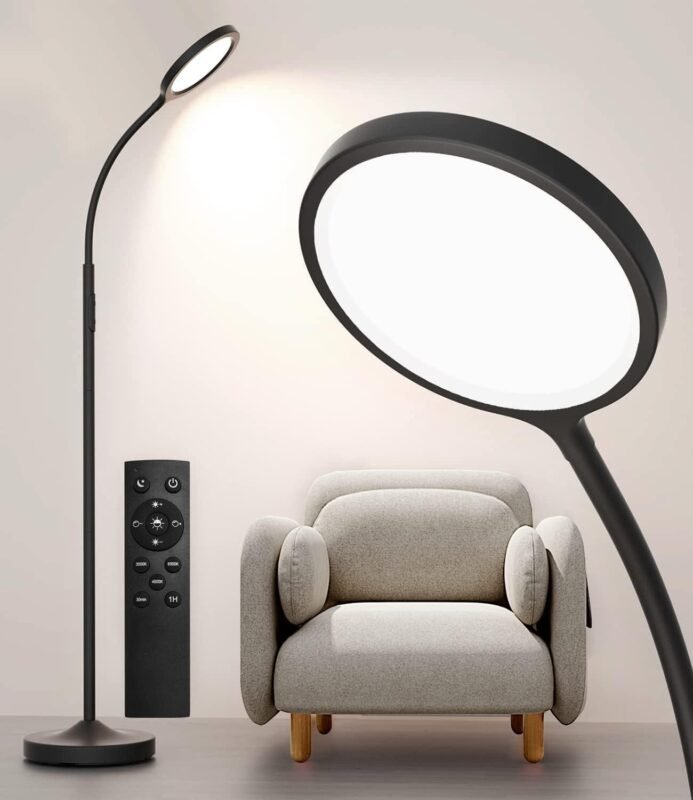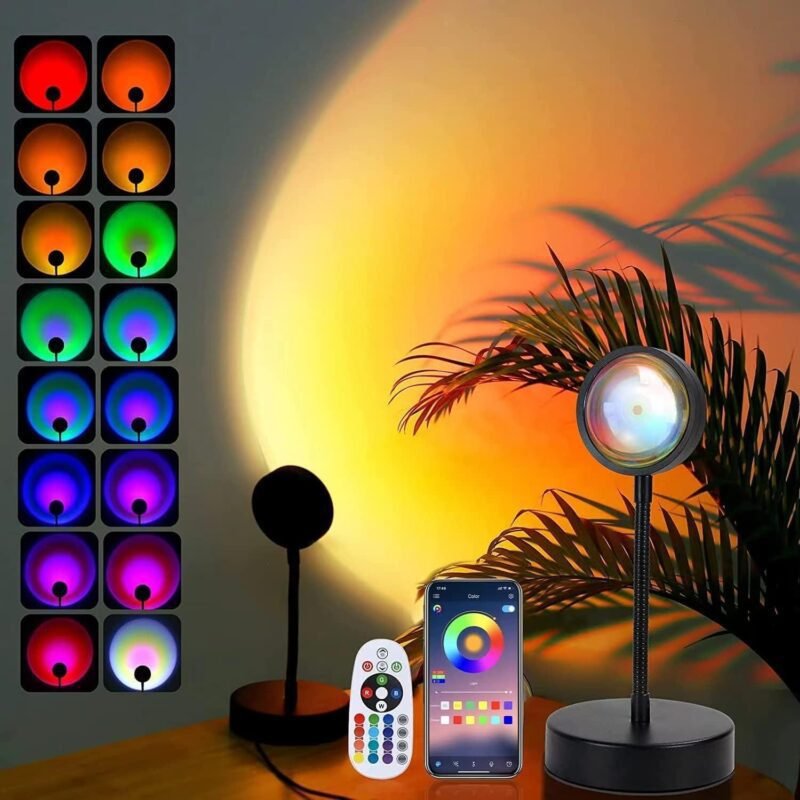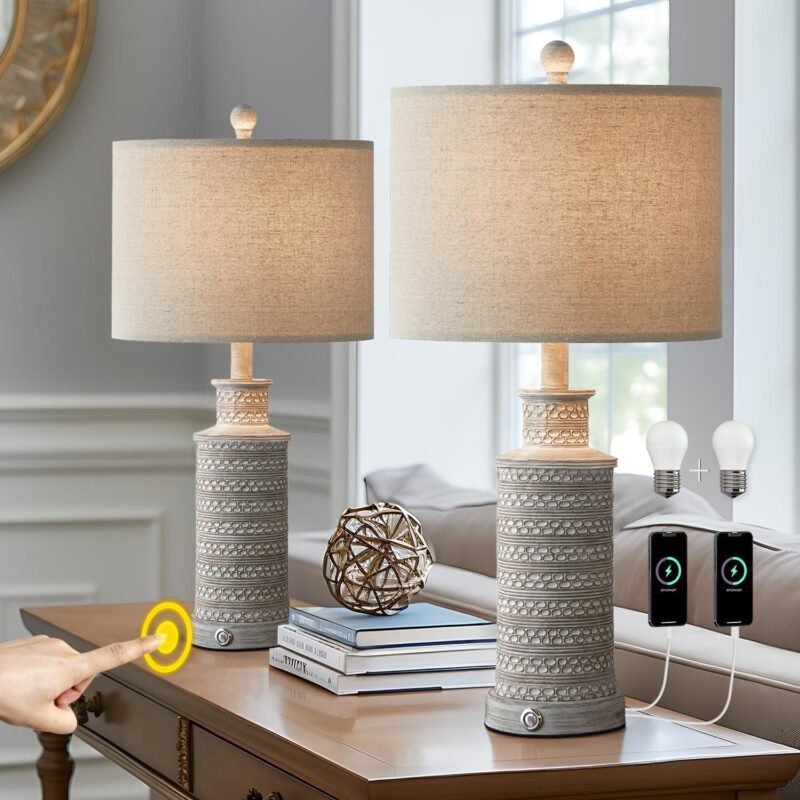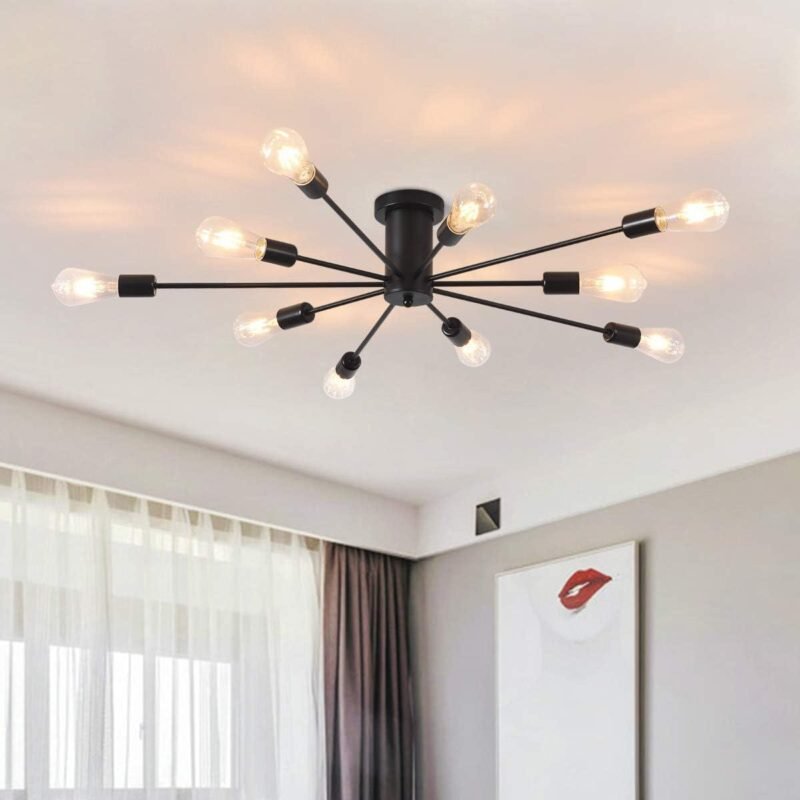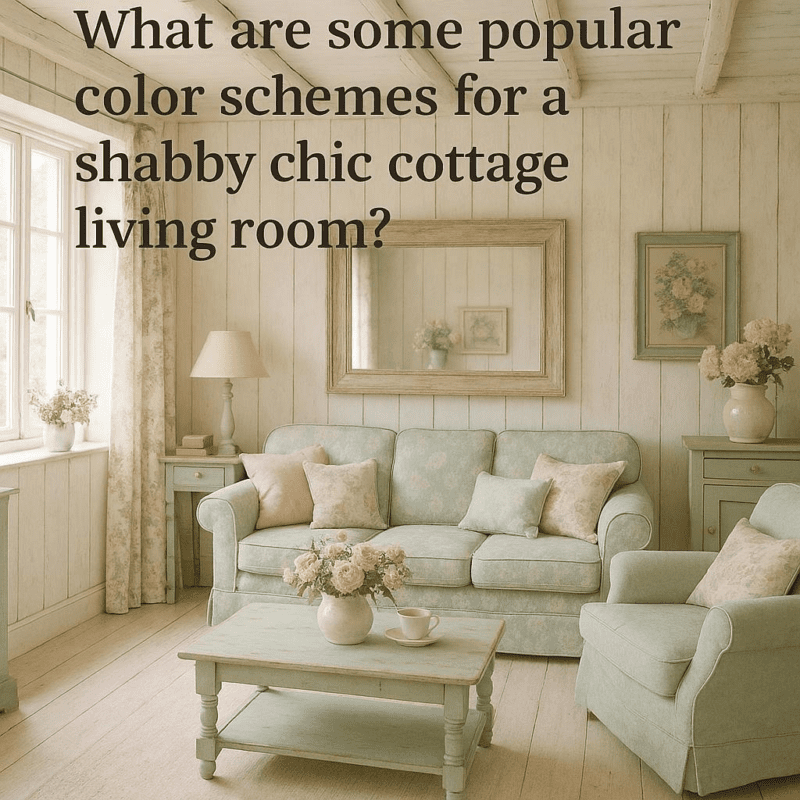What colors can I use to make a small living room look bigger?
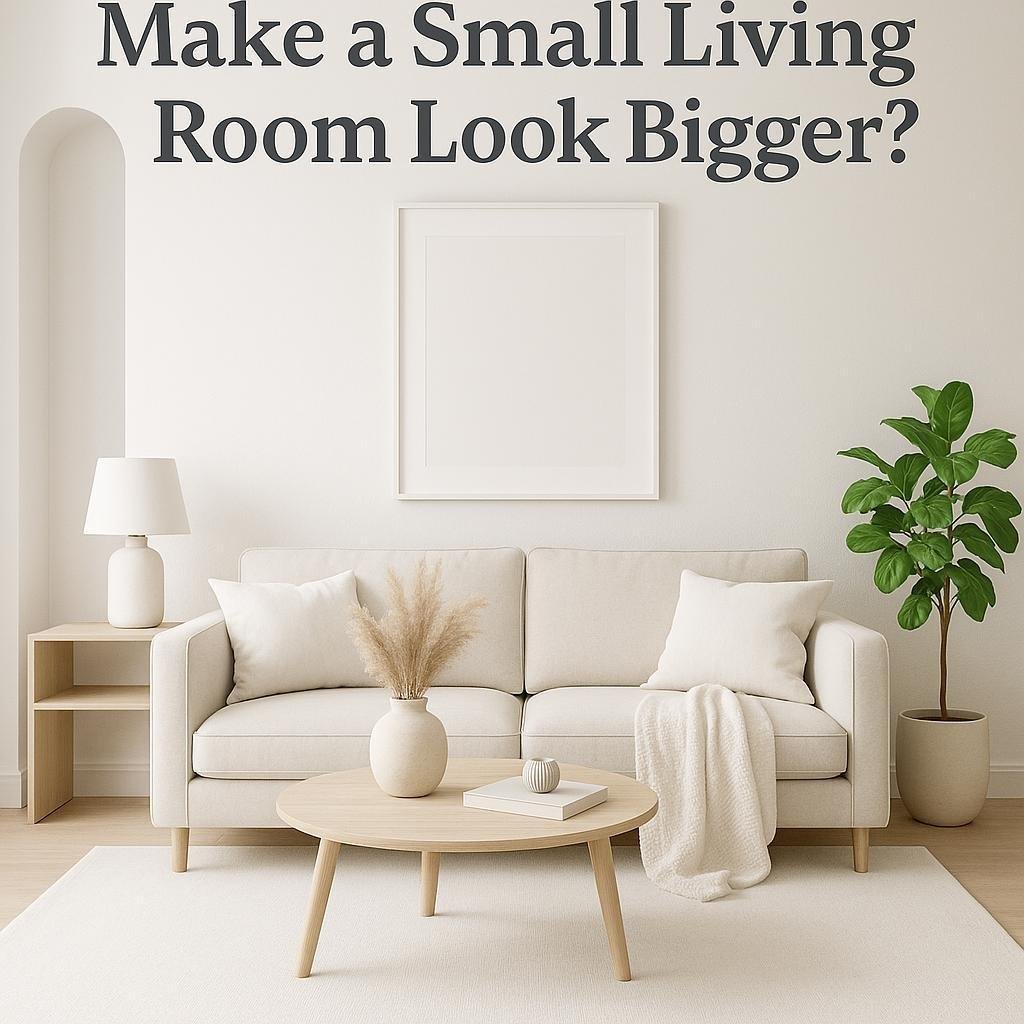
When it comes to decorating a small living room, choosing the right colors can make a world of difference. The colors you select not only set the mood but also have the power to create an illusion of space, making your room feel brighter, airier, and more open. Whether you’re working with a cozy apartment or a compact home, understanding which hues can visually expand your living area is key to maximizing its potential. In this article, we’ll explore the best color choices and clever tips to help you transform your small living room into a more spacious and inviting retreat.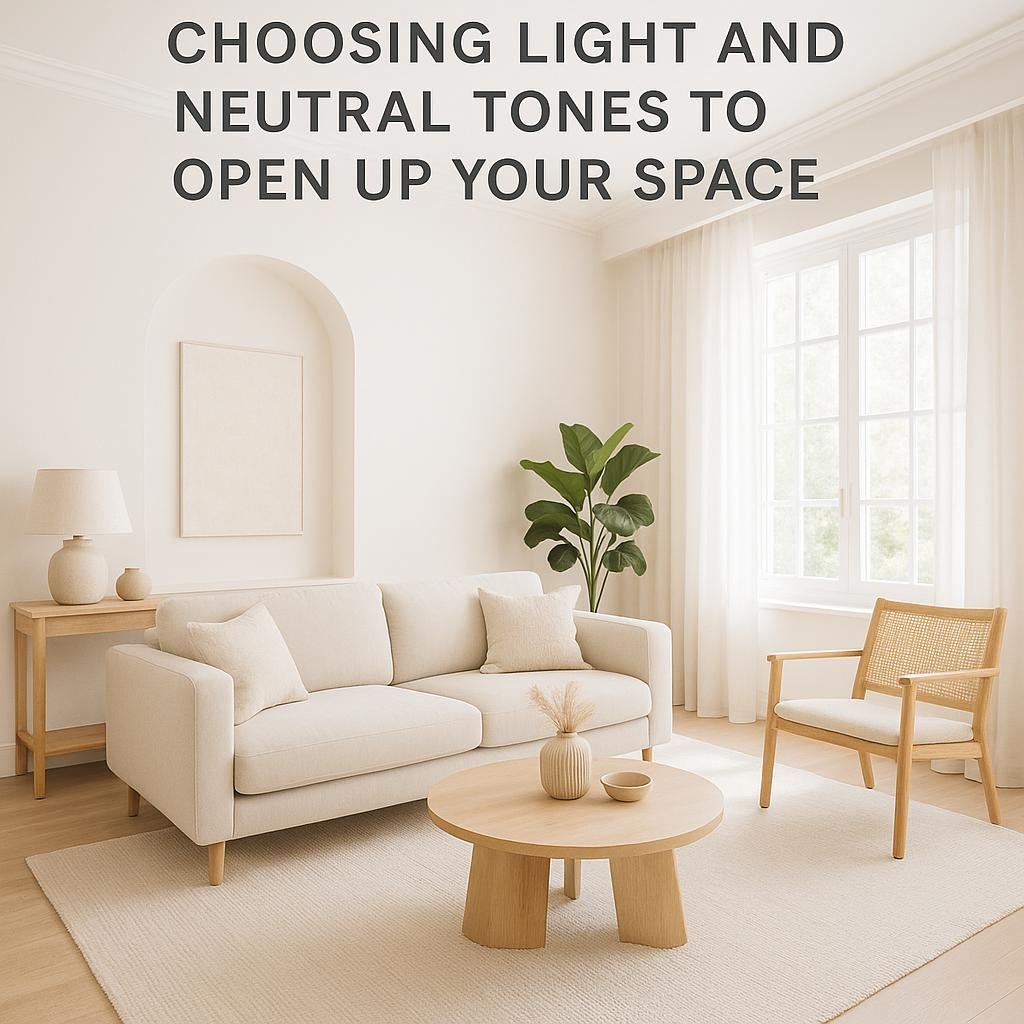
Choosing light and Neutral tones to Open Up Your Space
Light and neutral tones are your best allies when aiming to visually expand a compact living room. Colors like soft whites, gentle beiges, and muted grays reflect natural light effortlessly, creating an airy ambiance that feels open and inviting.Unlike darker shades that absorb light and visually shrink a space, these hues bounce light around the room, enhancing the sense of depth and spaciousness without overwhelming your design.
Incorporating these shades into your walls, furniture, and decor can also serve as a versatile backdrop for accents and textures, making the room both functional and stylish. Here are some key benefits of using light and neutral tones:
- Enhances natural light: Amplifies sunlight, maximizing brightness.
- Creates seamless flow: Connects spaces visually for an open feeling.
- Acts as a flexible backdrop: Easily pairs with bolder colors and patterns.
- Softens furniture edges: Makes bulky pieces feel lighter and less intrusive.
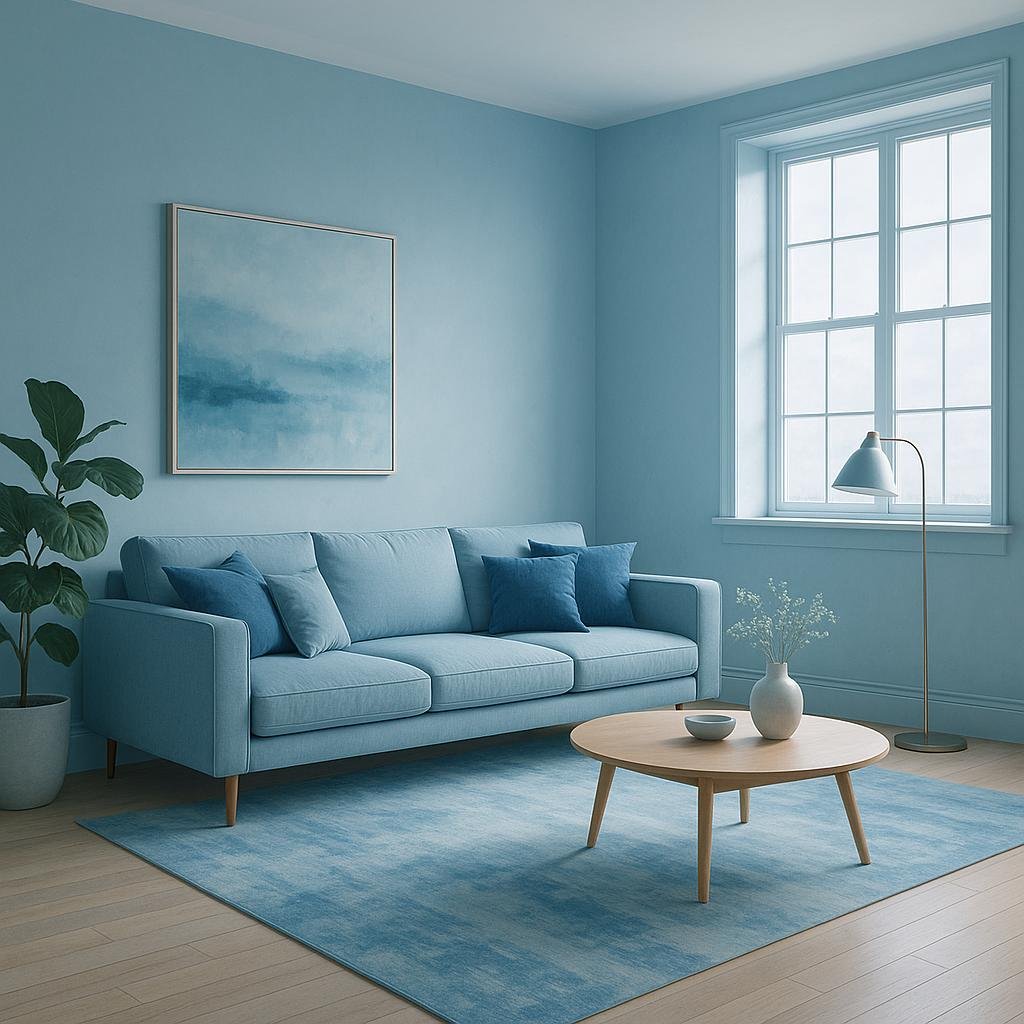
Incorporating Cool Colors for a Calming and Spacious Feel
Cool tones like soft blues, gentle greens, and muted lavenders are excellent choices when aiming to make a compact living room feel more expansive and serene. these colors naturally mimic the sky and water, elements that evoke a sense of openness and tranquility. When applied to walls, furniture, or even accent items, they visually recede, creating an illusion of space that can transform your cozy room into a relaxing sanctuary. Pairing these hues with ample natural light or light fixtures enhances their calming effect, ensuring the room feels inviting rather than cold.
To maximize the benefits of cool colors,consider incorporating them through various textures and materials,which add depth without overwhelming the senses.Here’s a quick guide to help you blend these shades effectively:
- Walls: Soft pastel blue or light sage green
- Furniture: Upholstery in muted teal or dusty lavender
- Accessories: Cushions or throws in icy mint or slate gray
| Cool Color | Effect | Suggested Use |
|---|---|---|
| Soft Blue | Expands visual space, calming | Walls, curtains |
| Muted Green | Freshness, natural vibe | Furniture, rugs |
| Lavender | Subtle elegance, soothing | Accent pillows, lampshades |
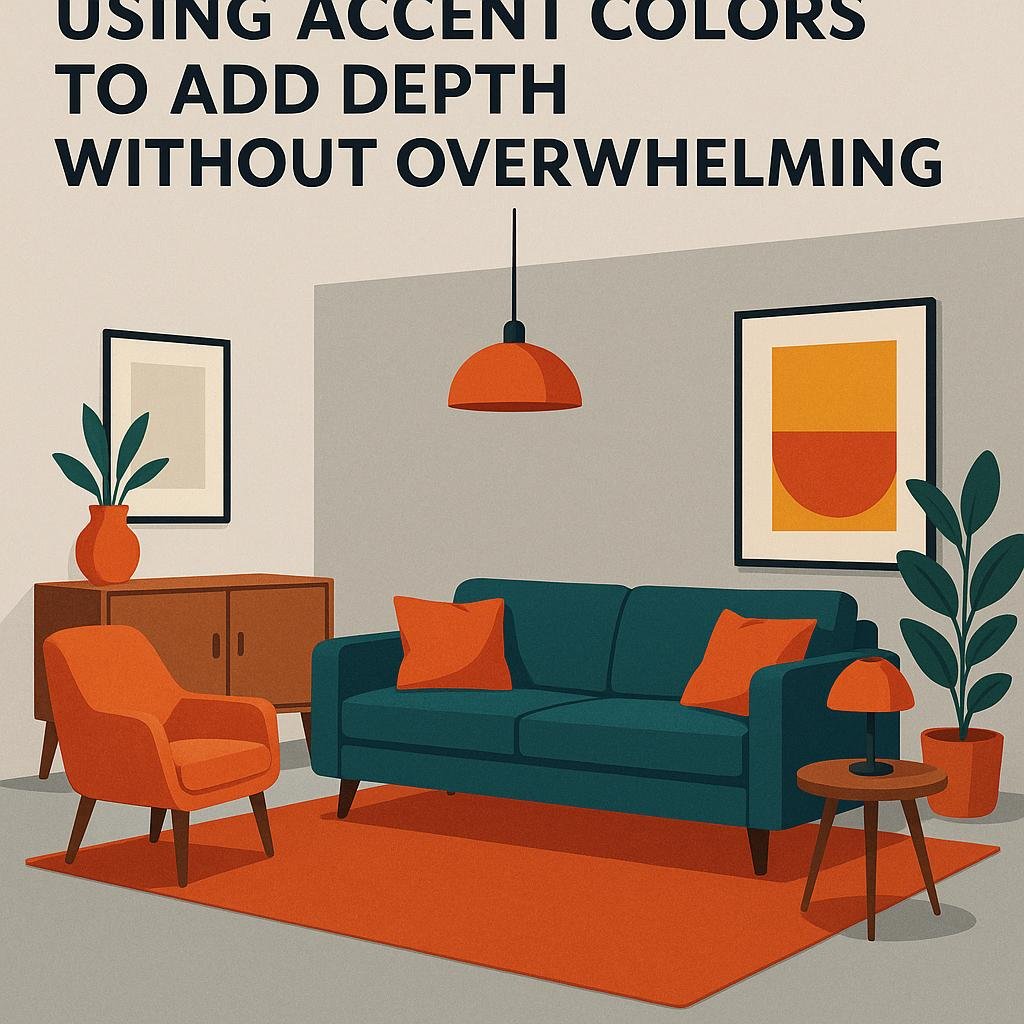
Using Accent Colors to Add Depth Without Overwhelming
Introducing accent colors in a small living room is a clever way to create visual interest without overpowering the space.Instead of covering entire walls or large pieces of furniture, opt for accessories like throw pillows, rugs, or artwork in subtle hues. This method adds layers to your design and helps guide the eye around the room, making it feel more expansive. For a balanced look, pick colors that complement your base palette, such as muted blues, soft greens, or warm terracotta tones.
To use accent colors effectively,keep the overall color distribution in check. Use the 60-30-10 rule-60% dominant neutral shades, 30% secondary shades, then 10% accent colors. This balance ensures depth without visual clutter. Here’s a simple table showing how you can break down the colors in a small living room setup:
| Color Type | Percentage | Example |
|---|---|---|
| Neutral base | 60% | Off-white walls or light gray sofa |
| secondary Shade | 30% | Soft beige curtains or muted blue rug |
| Accent Color | 10% | Mustard yellow pillows or coral vases |
Employing this approach,your accent colors act as charming pops that energize the room rather than dominate it,creating an inviting,dynamic space perfect for both relaxing and entertaining.
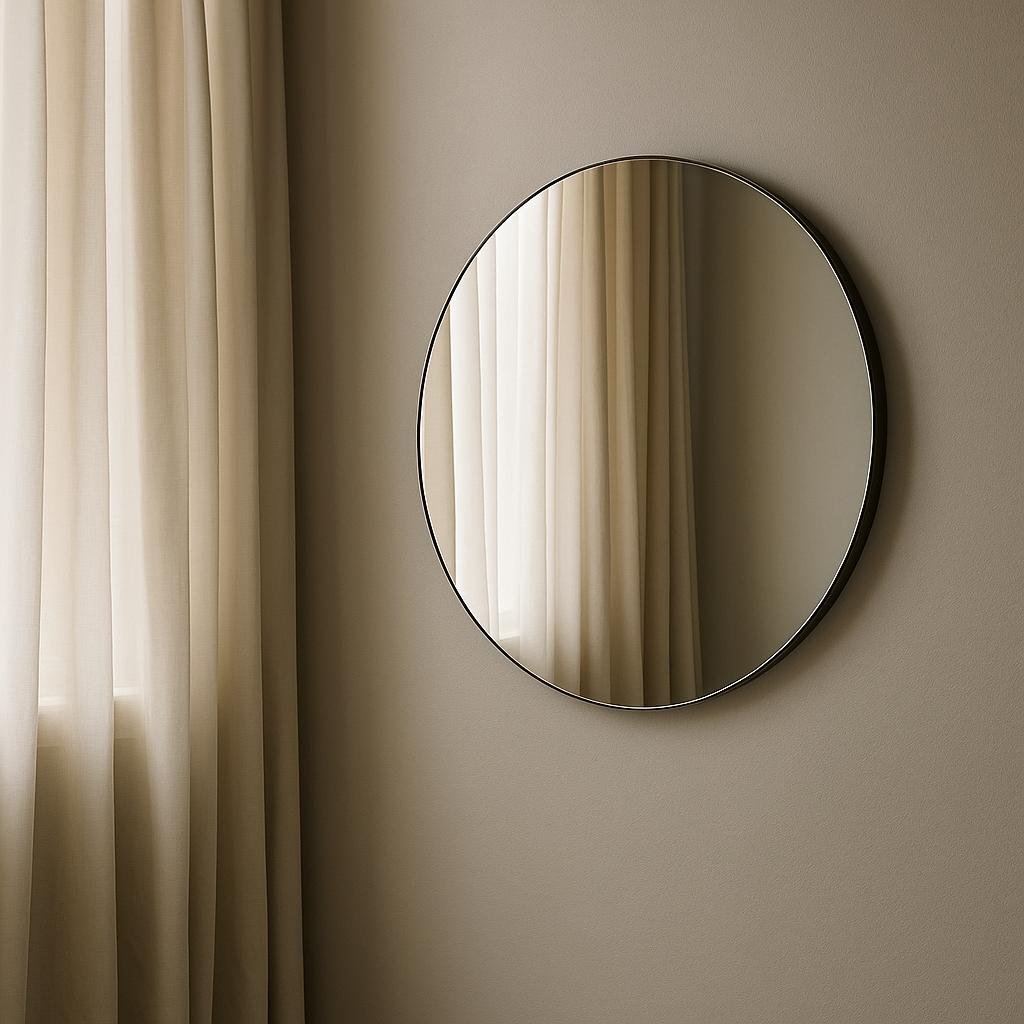
The Power of Reflective Surfaces Paired with soft Shades
Incorporating reflective surfaces such as mirrors, glossy finishes, or glass into your small living room design can significantly enhance the sense of space. These elements bounce light around the room, creating an illusion of depth and openness. When combined with soft shades like pale blues, gentle greys, or muted pastels, the effect becomes even more pronounced. These lighter colors work harmoniously with reflections to amplify natural light,making the area feel airy without overwhelming the senses.
To maximize this effect, consider integrating the following elements in your living room:
- Mirrored furniture: Tables or cabinets with mirrored panels brighten corners and add dimension.
- Glossy wall paint or tiles: Reflective surfaces help carry light across walls, visually expanding the space.
- Soft fabric tones: curtains, cushions, and rugs in gentle shades maintain a calm, uninterrupted flow.
| Reflective Surface | Ideal Soft Shade Pairing | Effect |
|---|---|---|
| Large mirror | Light grey | Amplifies natural light |
| Glossy coffee table | Pastel blue | Creates depth |
| Glass cabinet doors | Soft beige | Enhances openness |
Insights and Conclusions
Incorporating the right colors can truly transform a small living room, making it feel brighter, more open, and inviting. By choosing light, neutral tones, soft pastels, or strategically placed accents, you can create the illusion of space without sacrificing style. Remember, the key is to balance color with natural light and thoughtfully selected furnishings to maximize the room’s potential. with these color tips in mind, your cozy living area can feel refreshingly spacious and agreeable. Happy decorating!

